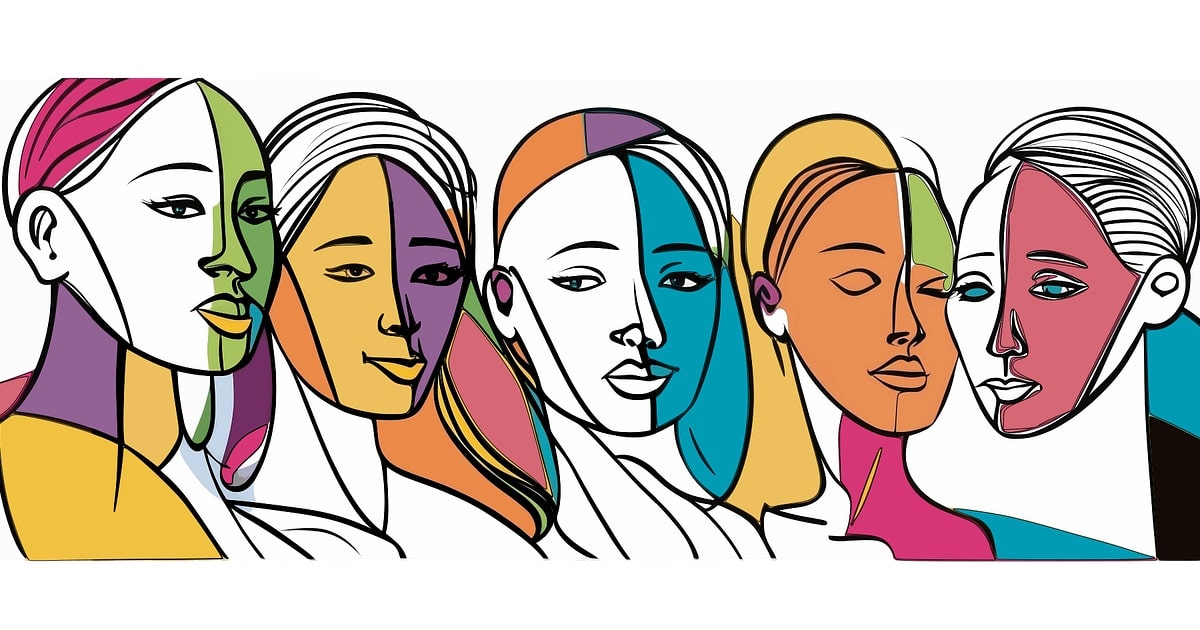Organisation internationale de la Francophonie: what global impact ?

The Organisation Internationale de la Francophonie (OIF) may sound like a fancy club for French speakers, but this group carries an economic and cultural punch that hits far beyond the French language. Let’s see how this works.
Francophonie : geography and members
Though it started as a club for former French colonies, membership has exploded faster than a Parisian bakery at breakfast time. Today’s lineup includes 88 states and governments, with observers from countries you’d think never even dreamt of saying “bonjour”. From Canada to Cambodia and Burkina Faso to Belgium, it’s like a global Francophile cocktail party where everyone’s speaking French but faking their accents.
This geographical hodgepodge has created rich opportunities for interaction, boosting cultural exchange, trade, and geopolitical alliances. It’s a microcosm of how global connections can be tightened through a shared love of croissants—or should I say, the French language.
History of the Organisation internationale de la Francophonie
Ah, the late ’60s—what a time to be alive. Amidst all the political uproar and shifting sands of colonial after-effects, the Organisation internationale de la Francophonie was born in 1970. Initially, it felt more like an exclusive alumni association for nations tutored by France. However, much like quality wine, it has grown stronger and more refined over time. Time-travel back to its inception, and you’d see it focusing narrowly on promoting the French language. Fast forward to today, the OIF flaunts a diversified portfolio including education, economy, and even science and technology. Perhaps they realized being a single-issue club was so passé.
Global reach and regional scopes
Forget Paris for a moment. The OIF isn’t confined to France’s borders or even Europe’s. You’ve got parts of Africa, North America, Asia, and the Caribbean all chiming in with their accents. Seriously, it’s like a world’s fair where only one thing matters: speaking French. But the twist here is how these regions leverage their connection to the OIF.
African countries, for instance, tap into both economic and cultural cooperation. Some might think colonial pasts are tricky, but not when you work with a progressive mindset and add mutual interests into the mix. It’s a tango, folks, and money talks—the sort of dance partners who would rather exchange wallets over words. And then there’s Canada, a committed member with clear goals and perspectives, that uses the platform for digital innovations and pushing other countries toward modern-day efficiency. It’s not all about poutine and politeness; they’re out to boost their international trade routes.
The Francophonie economical weight
While not competing with economic juggernauts like the EU or NAFTA, the OIF carries its own economic clout. With member states scattered across multiple continents, it’s like a miniature United Nations with a cultural diversity twist. Speaking French suddenly provides advantages more tangible than merely understanding Edith Piaf’s lyrics.
Trade relations within this circle flourish under the veneer of mutual respect and shared values. A dollar earned between Francophonie members seems to stretch a little further, thanks to lower tariffs and bilateral agreements. Ah, money does talk—but in this case, it chit-chats in French.
Geopolitical influence
Noticeably, the OIF often plays the role of peacekeeper, tackling crises with the finesse of a well-read diplomat. They’ve shown a knack for deploying peacekeepers or facilitating diplomatic dialogues in hotspots forgotten by the more headline-grabbing agencies. Bolstered by their mantra of democracy promotion and gender equality, they become unexpected champions for justice in politically turbulent regions. The organization isn’t just playing Scrabble tournaments; it has some real accomplishments under its belt.
Over the decades, they’ve launched initiatives for educational support, promoted linguistic diversity, and have been vocal advocates for human rights and democracy promotion. In certain places, their contributions have been significant enough to earn them brownie points from locals and internationals alike. Moreover, their synergistic approach towards sustainable practices makes them influencers in the arena of sustainable development. The somewhat low-profile yet orchestrated handling of environmental issues adds feathers to their cap that larger organizations miss out on. You know, saving humanity from itself, one green initiative at a time.
Growth perspective
Living the high life isn’t just reserved for the select elites. Dig a bit deeper into the OIF dynamics, and you’ll find fertile grounds for growth exploiting multilateral partnerships, burgeoning industries, and next-level educational programs reaching beyond ivory towers. Globalization has never been so chic.
Member states lean heavily on each other for expanding industries ranging from agriculture to quirky new tech startups. Remember, it’s not about competition—it’s collaboration! If there’s a region teeming with untapped natural resources, collaborative teams swing by and transform challenges into thriving sectors. Trade missions turn fledgling ideas into robust commercial enterprises, proving once again that many hands make light work.
Sustainable development
OIF isn’t blindly corporate, either. Projects championing sustainable development gain traction, blending green tech innovations with traditional economic activities. Community-focused initiatives pave ways to blend modernity without erasing local cultures. These efforts cover realms often ignored by mainstream entities that prefer fast returns. Green energy technology adaptation primarily thrives among African continental zones, whereas landscape preservation aligns tightly with South Pacific regions.
Photo source
